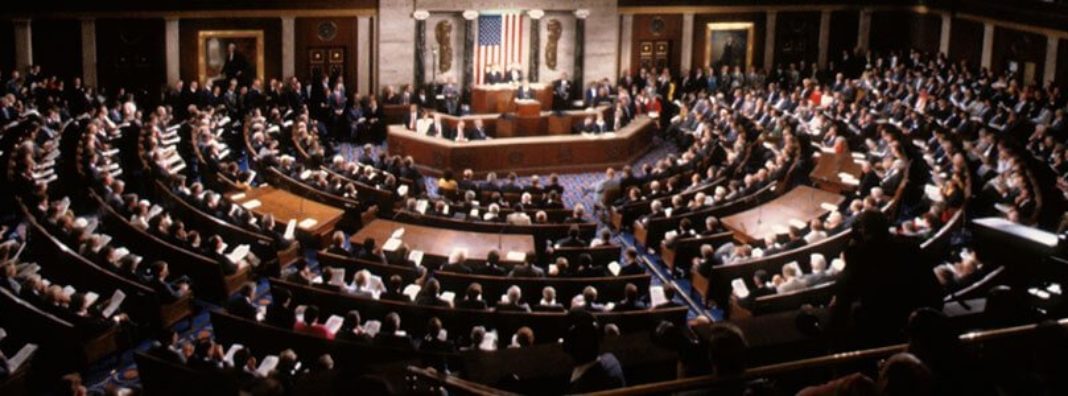
As the dust settles on the midterm elections, Congress has returned to Washington to wrap up unfinished business in a lame-duck session. It’s troubling for many people to know that some members of Congress are given one last chance to govern without ever facing an electorate again. Some even view it as a dangerous threat to democracy. As Will Rogers put it, “It’s like where some fellows worked for you and their work wasn’t satisfactory and you let ’em out, but after you fired ’em, you let ’em stay long enough so they could burn your house down.”
In fact, we should all stop worrying and learn to love the lame ducks. Even some Washington partisans with much to lose in this session seem to be catching on.
The fear is understandable, and the recent midterms have come hand-in-hand with warnings against lame duck legislation and calls for Congress to do the bare minimum and little else this fall. And with an impending funding deadline, demands for increased protections for Special Counsel Robert Mueller, and a “big fight” looming over border wall funding, Senate Majority Leader Mitch McConnell says he’s expecting a “relatively lively” lame-duck session.
With all that’s left to be done, there are certainly reasons to worry about how unaccountable legislators may act. Historically, when Democrats were the lame ducks, conservatives have made strong claims against lame ducks. Democrats, however, are taking an appropriately softer tone today. As Rep. Nancy Pelosi recently wrote to her colleagues, the lame-duck session is an opportunity to “find common ground with Republicans.”
Data suggests that Pelosi’s optimism is correct.
Here’s why: A few years ago Matthew Mitchell, Emily Hamilton and I looked at more than 29,000 House and 22,000 Senate roll call votes from 1939 through 2014. We found reasons to be optimistic about two things: how members vote and the types of legislation that tends to pass during lame-duck sessions.
When members show up and vote during lame-duck sessions (which is slightly less often than during regular sessions) they are more likely to depart from their typical ideological voting patterns. This doesn’t necessarily mean that we will see more bipartisanship, but it does mean that members are more likely to break with their party and instead vote their own conscience.
As Matthew Mitchell and I explained during the 2016 lame-duck session, it appears that members feel free to ignore party leadership and set aside the special interests they typically depend on for support. Other researchers have found that outgoing members are less likely to support protectionist measures pushed by special interests.
Looking at lame-duck legislation, these sessions have historically been a mix of good and bad. Some have seen a number of positive (and sometimes politically difficult) measures passed, from trade deals to tax reform to the repeal of “Don’t Ask, Don’t Tell.” Others, however, have seen the passage of large pork-barrel spending bills. The Clinton impeachment was also initiated during a lame-duck session.
These measures aren’t so much a product of lame ducks and as a product of timing: Congress has a tendency to push large, complicated, and sometimes controversial legislation to the end of the year. After all, Congress has yet to vote on about half of the appropriations bills needed to fund the government for 2019.
There is no guarantee that members will take this opportunity to shed the partisanship that has become the hallmark of Washington, stand on principle, and vote without worrying about party or politics. But there is no better time to do so.
While Will Rogers may have captured how many of us feel about lame duck sessions, Cyndi Lauper may be more accurate. It’s perhaps the one time that we can see outgoing politicians’ “true colors shining through,” and they shouldn’t “be afraid to let them show.”


 The Hill
The Hill